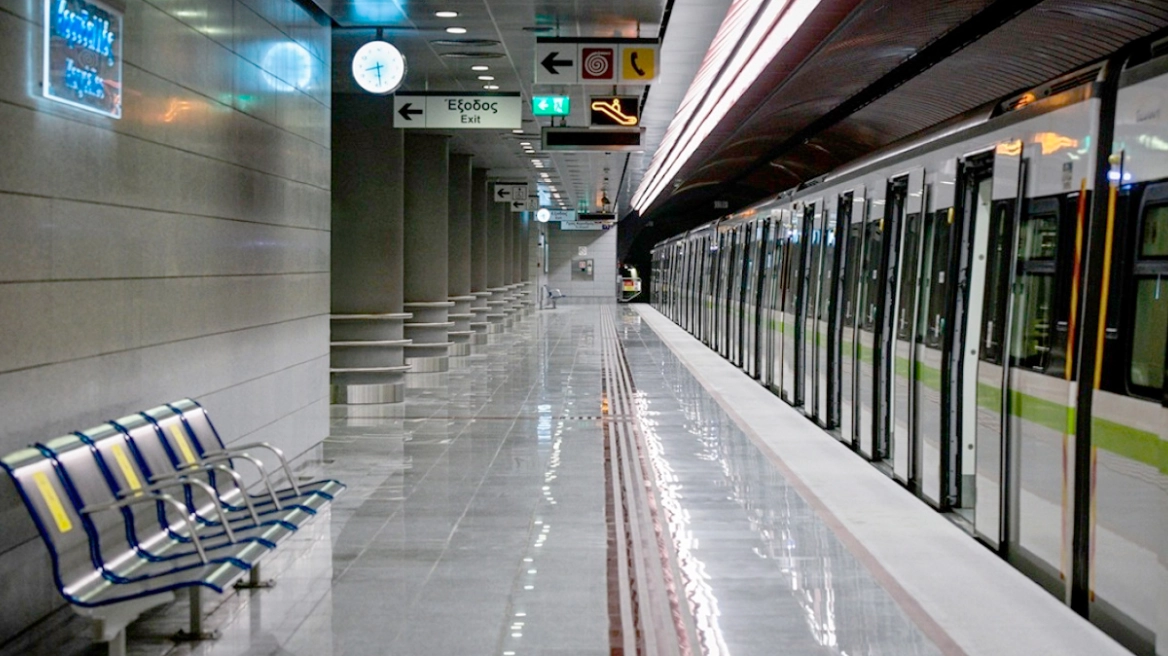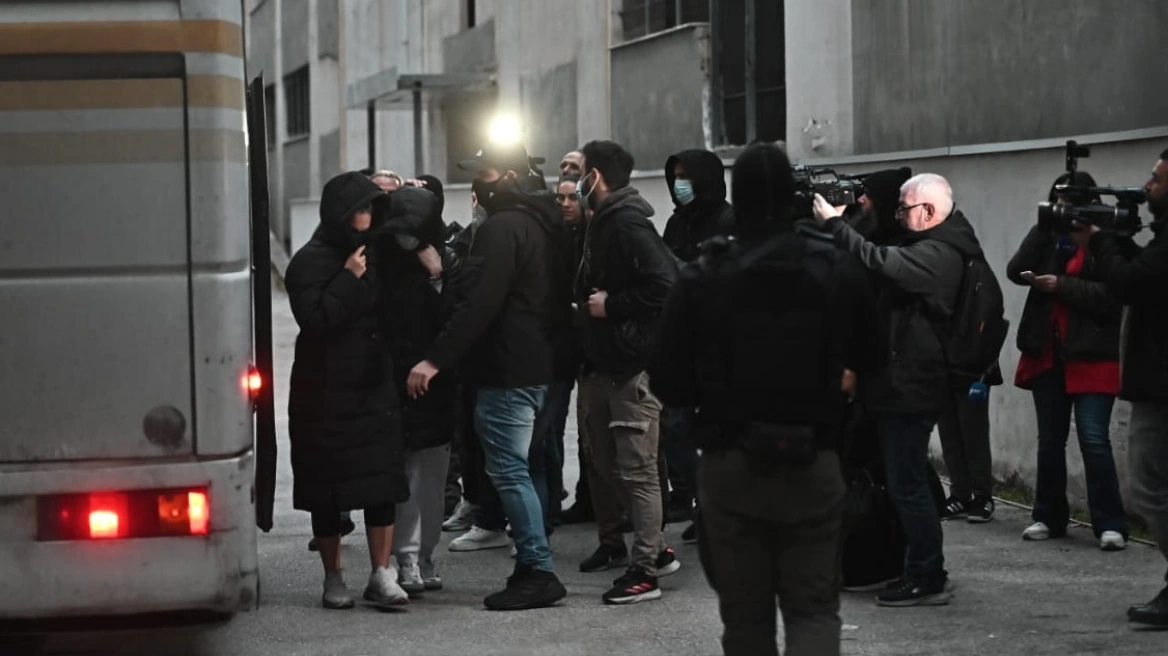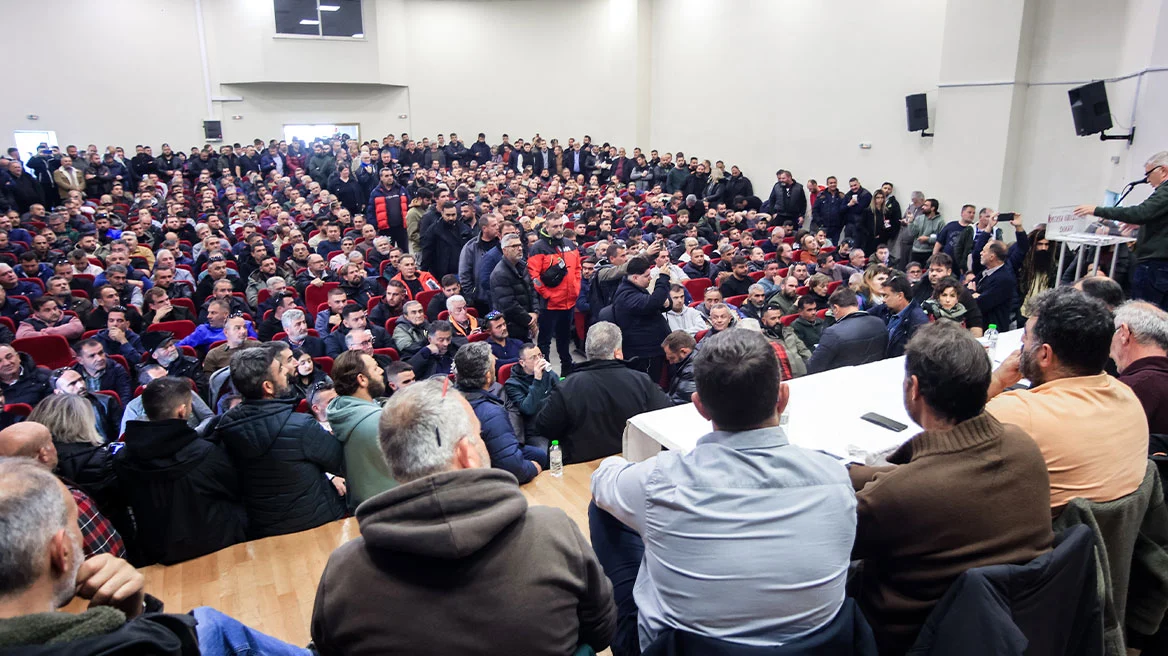“Fine print,” cutters and unforeseen restrictions dramatically reduce or even zero out the income tax credit up to €16,000 for those who made property upgrade expenditures in 2024. Despite the beneficiaries’ efforts to gather the documents required to reduce their tax burden this year, the issuance of the joint ministerial decision (CMD) just before the end of the year added new restrictions, leaving many out of the arrangement.
And there is another “grey area”: although the regulation was announced as a permanent measure is limited only to the 2024 tax year. In particular, paragraph 3 of the regulation states that the conditions, terms, and procedure of implementation are determined by means of an EIS, without ensuring the stability of these conditions for the following years. This leaves open the possibility of varying the conditions and possibly reducing the benefits in the future.
In particular, Common Ministerial Decision No. A.1197/2024, issued just hours before New Year’s Day, took taxpayers by surprise, adding new conditions for the application of the deduction.
The most important ones are:
1. Apportionment to co-owners: The deduction is apportioned according to ownership percentages. In cases of co-owners, such as spouses, where one of them has no income or has a low income below the tax-free threshold, the respective share of the deduction is lost since there is no tax to deduct. For example, a couple who each have 50% ownership of a property carried out renovation work of €10,000. The low-income spouse cannot take advantage of the deduction for their share, resulting in the loss of 50% of the intended tax deduction.
2. Obligation to issue separate vouchers: The professionals who performed the work should have issued separate vouchers for each co-owner, showing the proportionate amount of the expenditure. However, because the decision was issued late, this was not known in 2024, resulting in vouchers being issued in total. This leaves many co-owners out of the deduction, even if they shared in the expenditure. For example, one owner and his two co-owners incurred joint upgrade costs of €12,000. The professionals issued a single document, without indicating the ownership percentages. The co-owners can no longer claim the rebate due to them.
3. Separation of fractional ownership and usufruct: In cases where there is a fractional owner and usufructuary in the property, the practitioners should have issued separate vouchers for each based on their ownership percentages. Because the clarification was not known until the end of the year, many taxpayers were unable to comply. For example, in a property where there is a small principal and a usufructuary, professionals issued vouchers only in the name of the usufructuary, leaving the small principal out of tax relief.
4. Mandatory linkage of work and materials: It is not clear whether expenditure on work can be benefited independently of the purchase of materials.
Announcements of a tax credit of up to €16,000 on property renovation costs in 2024 initially raised expectations of substantial tax relief. However, the delayed issuance of the ministerial decision, only on 27 December 2024, and the lack of timely clarifications took many taxpayers by surprise.
Citizens who had relied on the initial announcements went ahead with spending without knowing the final requirements. The requirement of specific vouchers for work and materials, as well as the apportionment of the deduction in cases of joint ownership, took most people by surprise. In addition, those who had previously benefited from the old 40% deduction scheme were left in the lurch as there was no clear guidance on how to combine the two measures. It was not clear whether expenditures that had already benefited from the 40% rebate could be combined with the new measure. The lack of guidance created confusion about how the maximum rebate limits were calculated.
Ask me anything
Explore related questions





